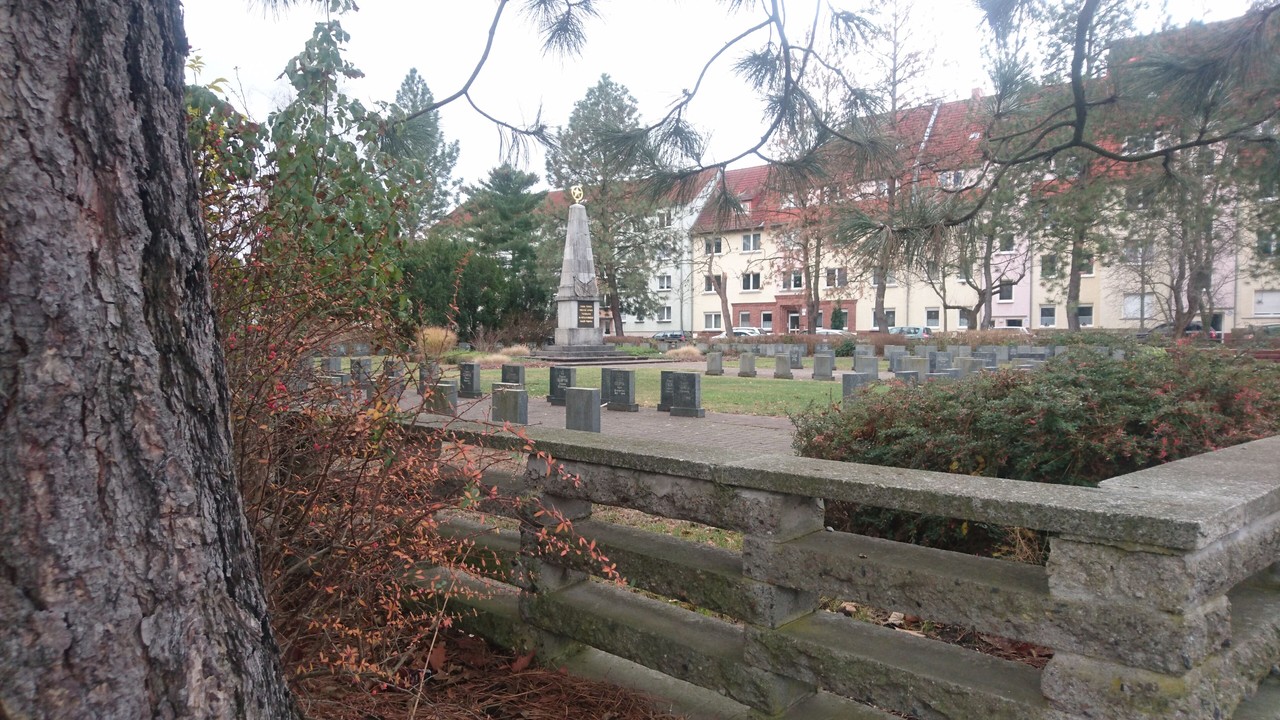In the spring of 1945, the city on the Havel was also a centre of the final battles of World War II, which dragged on for more than a week. The reasons having nothing to do with the optical industry but rather with geographic location. The Havel flows here on its way into the River Elbe in a north-south direction, and thus formed a natural line of defence against the Red Army advancing from the east. The deployment zone of the American troops was barely 20 kilometres west of Rathenow, on the Elbe.
Because of German atrocities in the East, German soldiers wanted by all means elude capture by Soviet troops. Rathenow was thus a strategically important place and declared a stronghold by the Nazi leadership to maintain the possibility of retreat towards the west. After days of heavy fighting, a large part of city centre of Rathenow was destroyed. Only on May 4 was the war actually over in Rathenow. Located near the central train station, in the middle of an old workers' settlement, the Soviet War Cemetery is a historical testimony to these bitter fights.
The graves of 422 Soviet soldiers and officers are grouped around a massive obelisk topped by a golden star. The arrangement of the gravestones is unusual. The stones are staggered and placed in double rows around the lawns. At the entrance of the cemetery, a marble plaque refers to the inauguration year 1949 and the redesign of the site in 1985.
Source: Berlins Taiga
